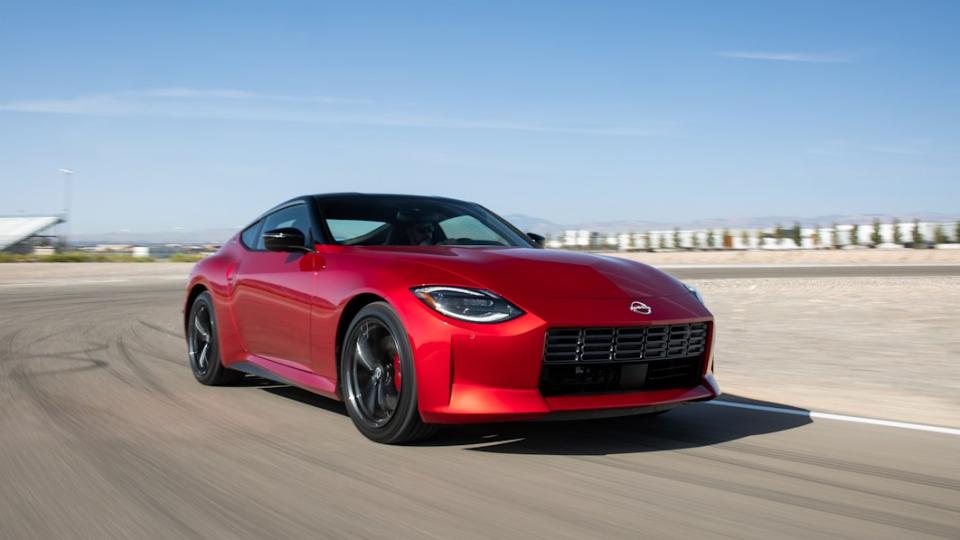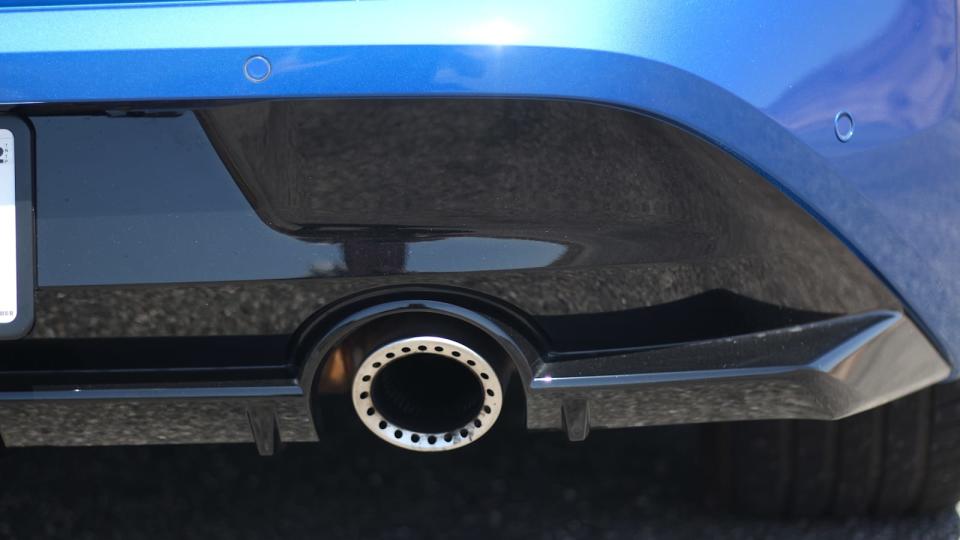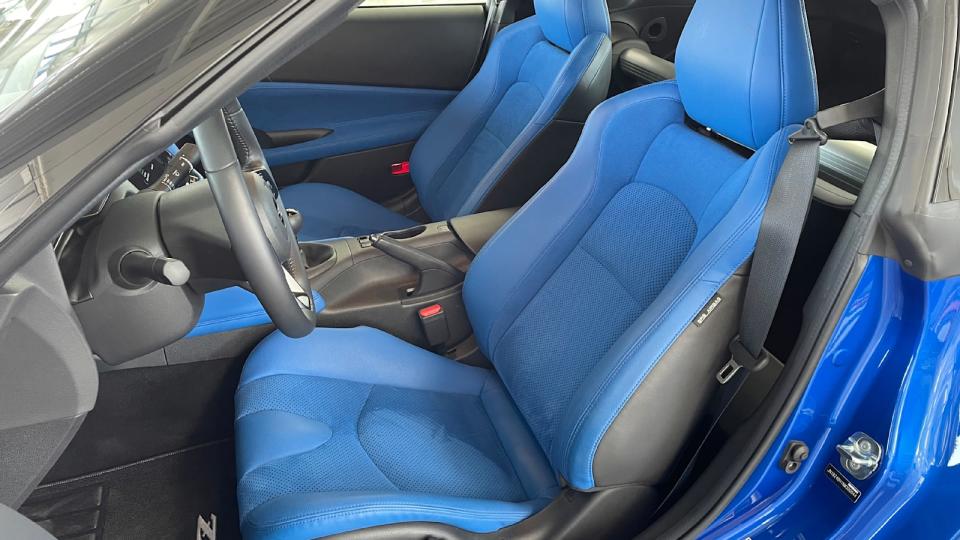2023 Nissan Z First Drive Review: The Z is back again!

LAS VEGAS, Nev. — The Japanese sports cars and sport compacts that hit the road throughout the 1990s are models that we often look back on with a nostalgic glimmer in our eyes, but hold the rad trip down nostalgia lane right there. Even if we don’t fully appreciate it in the present, we’re living in another golden age of Japanese sports cars. Either on sale or coming out soon, we have the Acura NSX Type S, Nissan GT-R, Toyota GR Supra, Toyota GR86/Subaru BRZ, Subaru WRX, Mazda MX-5 Miata, Honda Civic Si and Type R, Acura Integra and Toyota GR Corolla.
And now, you can add the new 2023 Nissan Z to the list. For far too long, Nissan let the 370Z wallow without an update. It wasn’t until 2017 – or nine years after the 370Z debuted – that Nissan started to simply formulate what the next Z would be. And now finally in 2022, we get to slide behind the wheel of a new Z car.
Las Vegas is the destination, and even in this supercar-filled area, the new Z — starting at (drum roll please) $41,015 — claims more attention than anything else. The Z’s exterior design is one of this car’s major victories, and it sets incredibly high expectations for what the two-door sport coupe will drive like. Similar to how the GR Supra instantly grabs you with its impossible curves, the new Z pulls you in right away with its classic Z shape. There is a proportional resemblance to the outgoing 370Z, but absolutely no one will mistake the new Z for the old one. From the retro LED taillights to the squared-off grille and 240Z silhouette, the new Z looks the part. And while we sincerely hope that Nissan doesn’t take 14 model years to update it again, this design is going to remain in favor for a long time.
Hiding under the 2023 Z’s sheetmetal is a big question mark. Controversially, the chassis carryovers from ye olde 370Z. Nissan didn’t just sit on its hands when developing the new Z’s underpinnings and structure, though, and we got a first-hand look at everything that’s new under the shiny bodywork. Added parts and material enhancements within the structure mean that it has 10.8% greater torsional stiffness and 23.9% more body rigidity than the 370Z. The double-wishbone front suspension is treated to an increased positive caster angle (Nissan says it improves straight line stability and steering feel), and the rear suspension was also tweaked. New passive monotube dampers replace the old twin tube dampers, in theory allowing for a more supple ride while maintaining handling capability. Plus, wider front wheels and tires provide more grip — Nissan claims 13% better performance on a skidpad.




These changes to the 370Z’s underpinnings are indeed noticeable, but there’s something else that’ll get your attention first: the new 3.0-liter twin-turbocharged V6 engine. Output looks stellar on a spec sheet, as the melodically named VR30DDTT engines makes 400 horsepower and 350 pound-feet of torque. Though also found in the Infiniti Q50 and Q60 Red Sports, the Z’s engineers decided the engine needed a little more “Z” to be fit for a focused two-door sports coupe. Most impactful is a new boost recirculation valve that ensures the turbine remains spooled even when you briefly lift off the throttle, reducing the feeling of turbo “lag.” Additionally, a new turbo speed sensor allows Nissan to more precisely measure and control the speed at which the turbine can rotate, allowing engineers to push the envelope further. Nissan even included a sweet turbo speed gauge as one of the three analog gauges on the dash top.
Predictably, the big increases in power and torque result in a car that feels significantly quicker than the outgoing 370Z. Nissan allowed us to rip off as many acceleration runs of various 2023 Zs versus the 370Z on the track, and while no official 0-60 mph time is provided by Nissan, we buy the claim that the new car is at least 15% quicker. A new launch control mode standard on automatic cars certainly helps the cause.



Engine response is also tangibly improved versus the Infiniti Red Sport models. Peak boost hits early at 1,600 rpm, but it doesn’t taper off quickly after, as Nissan is able to maintain peak torque all the way to 5,200 rpm. This results in a muscular and strong power band from bottom-to-top — peak horsepower is made at 6,400 rpm, and redline is 7,000 rpm.
Unlike the 370Z that needs revs, the new Z will have its rear end squirming around with very little effort under that tremendous amount of torque. You don’t have to try too hard to get healthy tire scratch on the second-to-third shift, and those turbos help the car remain torquey and potent even at high racetrack speeds. Speaking of, Nissan let us loose on the Las Vegas Motor Speedway to test the new Z’s limits on a track in both the six-speed manual and new nine-speed automatic.


 Yahoo Autos
Yahoo Autos 
